The Studio Museum in Harlem’s Black Cowboy seeks to rectify the whitewashed identity of an American archetype. The cowboy — a historical figure, a way of life and livelihood, a symbol of Manifest Destiny, an advertising trope, an idealized version of manhood, and a tragic loner — is no simple symbol. But before considering these nuances, Black Cowboy is primarily concerned with showing nonwhite cowboys, bringing Americana in line with historical accuracy. For example, the wall text notes that in the 1800s, 25% of cowboys in Texas were African American, and that cowboy culture (horsemanship, western saddles, rodeo traditions) persists to this day in black urban communities from Los Angeles to New York, and in rural areas in between.
[mc4wp_form id=”6042″]
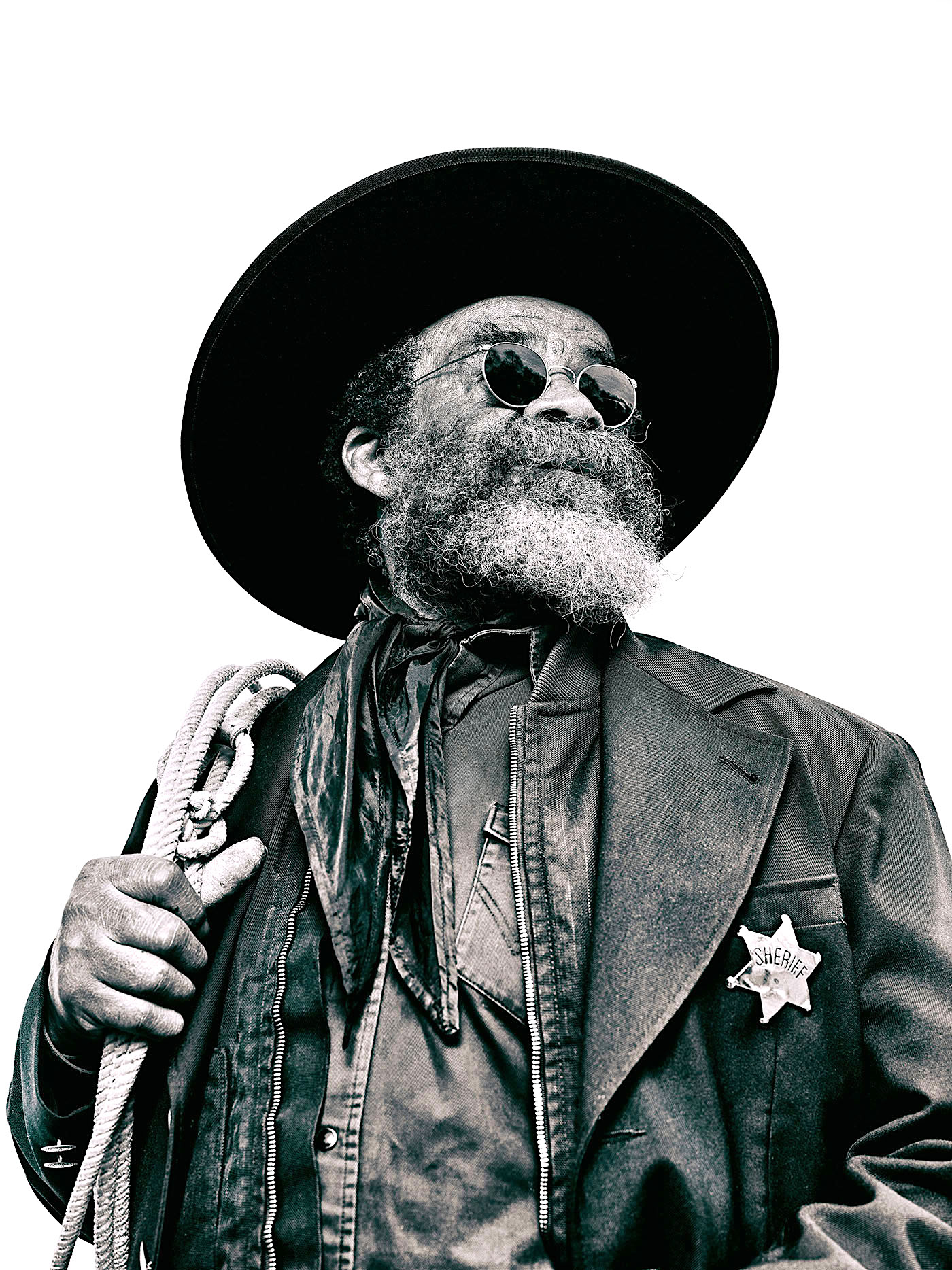 Photo | Brad Trent, “Ellis ‘Mountain Man’ Harris” from The Federation of Black Cowboys series for the Village Voice (2016) Ink jet print, 22 × 30 in. (image courtesy the artist)
Photo | Brad Trent, “Ellis ‘Mountain Man’ Harris” from The Federation of Black Cowboys series for the Village Voice (2016) Ink jet print, 22 × 30 in. (image courtesy the artist)
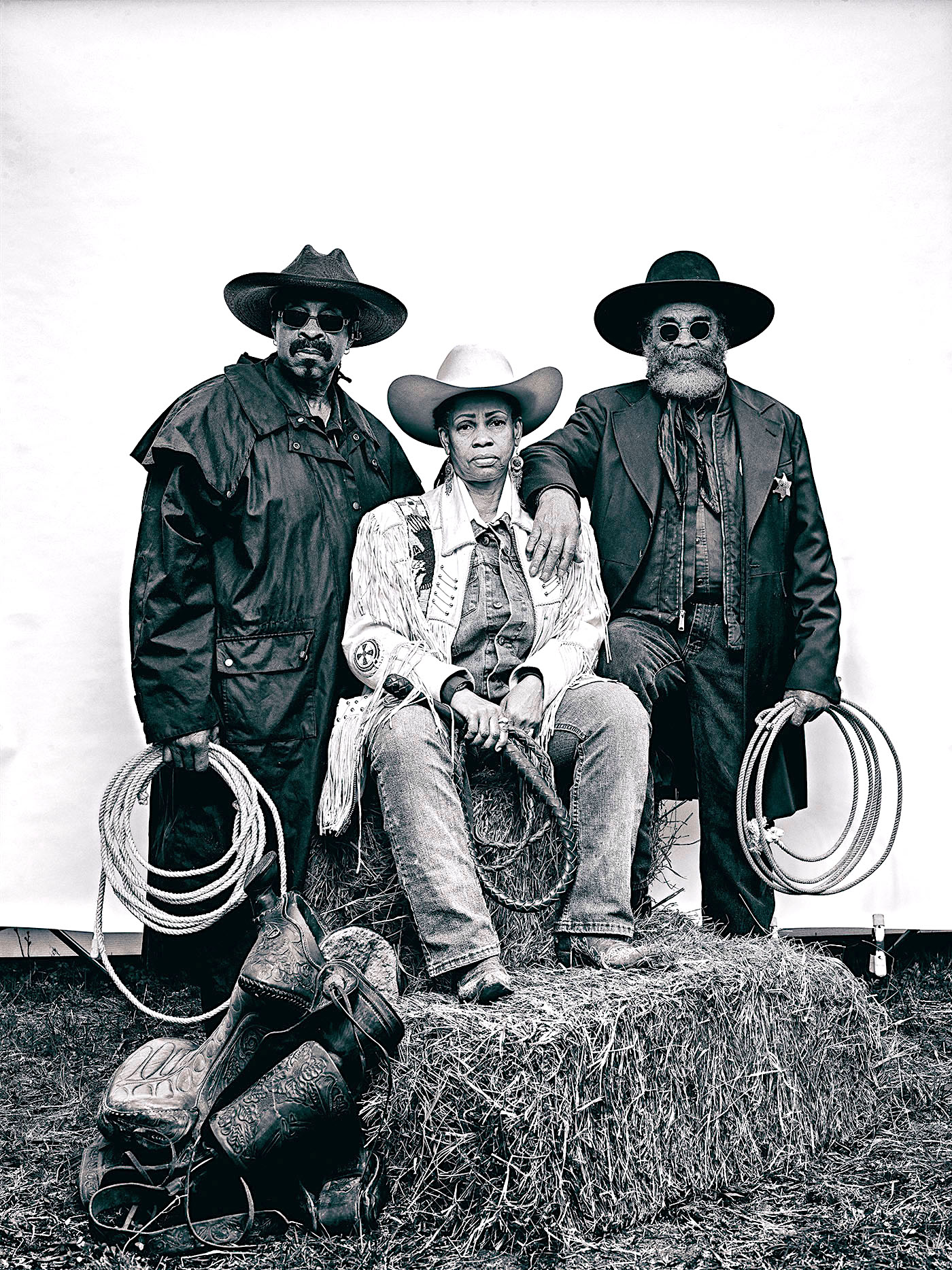 Photo | Brad Trent, “Ellis ‘Mountain Man’ Harris” from The Federation of Black Cowboys series for the Village Voice (2016) Ink jet print, 22 × 30 in. (image courtesy the artist)
Photo | Brad Trent, “Ellis ‘Mountain Man’ Harris” from The Federation of Black Cowboys series for the Village Voice (2016) Ink jet print, 22 × 30 in. (image courtesy the artist)
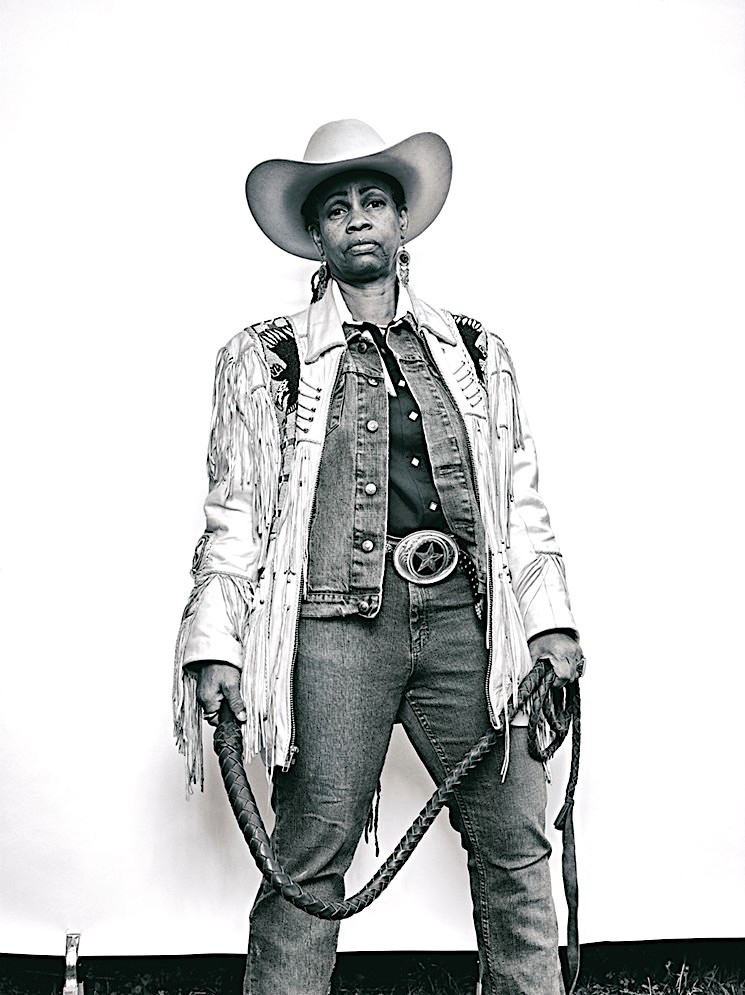 Photo | Brad Trent, “Ellis ‘Mountain Man’ Harris” from The Federation of Black Cowboys series for the Village Voice (2016) Ink jet print, 22 × 30 in. (image courtesy the artist)
Photo | Brad Trent, “Ellis ‘Mountain Man’ Harris” from The Federation of Black Cowboys series for the Village Voice (2016) Ink jet print, 22 × 30 in. (image courtesy the artist)
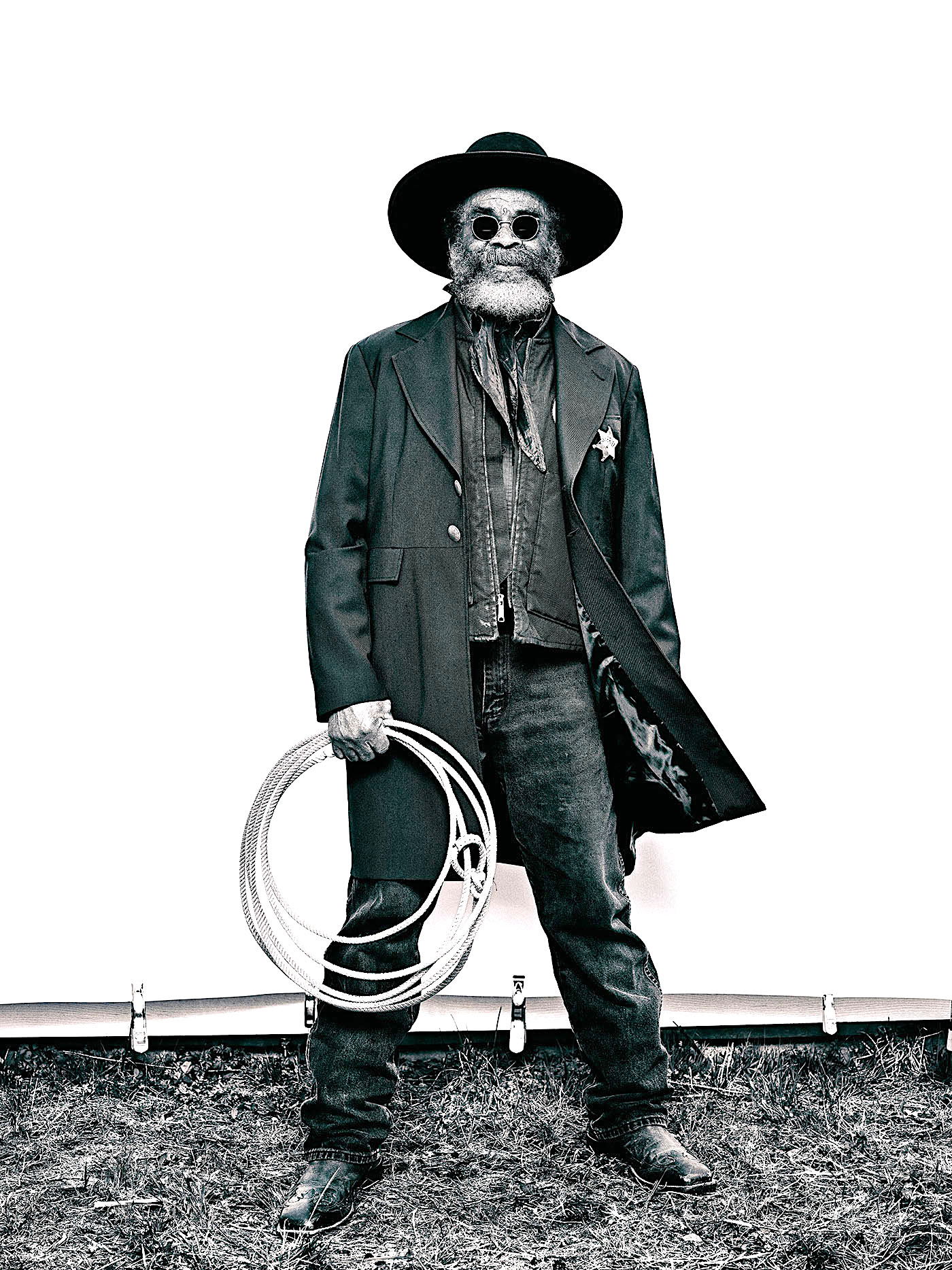 Photo | Brad Trent, “Ellis ‘Mountain Man’ Harris” from The Federation of Black Cowboys series for the Village Voice (2016) Ink jet print, 22 × 30 in. (image courtesy the artist)
Photo | Brad Trent, “Ellis ‘Mountain Man’ Harris” from The Federation of Black Cowboys series for the Village Voice (2016) Ink jet print, 22 × 30 in. (image courtesy the artist)
The Studio Museum in Harlem is the nexus for artists of African descent locally, nationally and internationally and for work that has been inspired and influenced by black culture. It is a site for the dynamic exchange of ideas about art and society.
The Studio Museum in Harlem was founded in 1968 by a diverse group of artists, community activists and philanthropists who envisioned a new kind of museum that not only displays artwork but also supports artists and arts education. The Museum was originally located in a rented loft at 2033 Fifth Avenue, just north of 125th Street. In 1979, the New York Bank for Savings gave the Museum the building located at 144 West 125th Street. Renowned architect J. Max Bond Jr. led a renovation that adapted the building into a two-level exhibition space with offices and space for rental tenants. In 1985, the Museum began excavation of an adjacent vacant lot at 142 West 125th Street, leased from the City of New York. Over the following two decades, the Museum, in partnership with the City, completed additional renovations to the building and lot, and added additional gallery and lobby space, a theater and a flexible outdoor space. The Museum has been accredited by the American Alliance of Museums (AAM) since 1987, when it became the first black or Latino institution to gain this recognition. (The Studio Museum in Harlem).

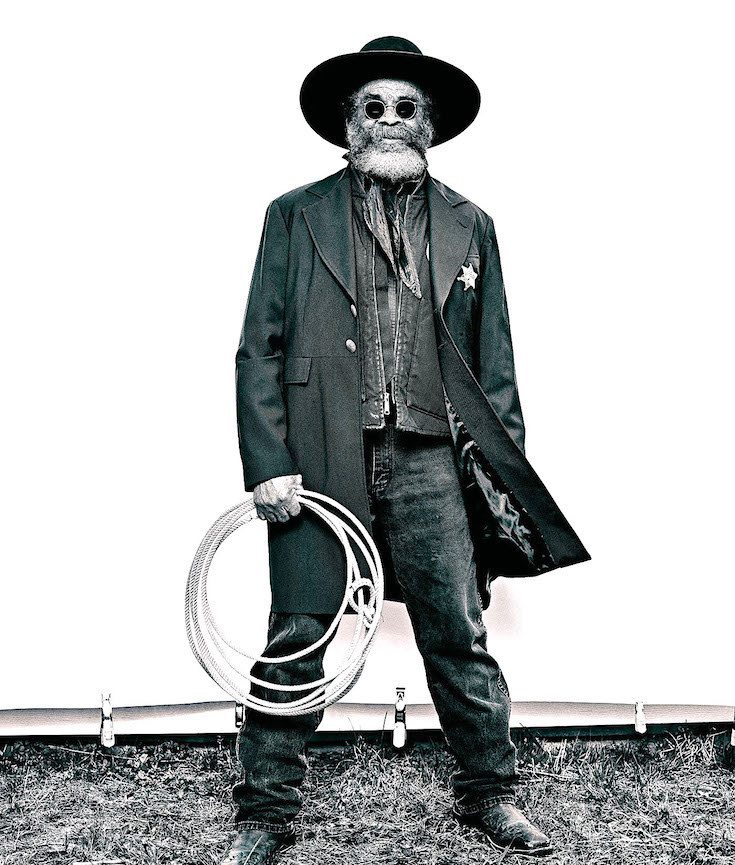

You must be logged in to post a comment.